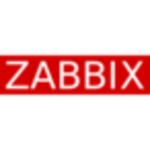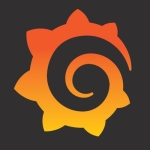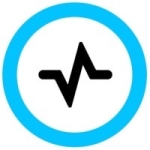My primary use case, as a partner, is to help my clients find out what's happening in their environments, what the problems are, where the need is for help, for investment in people, in technology; and how can they reduce the gap between the problems and fixing the solution on time.
I think it's doing a really good job.
Because it is a good product, our customers are happy. We can help them faster than before. We can do more business with them, and we can have them develop better businesses for themselves.
AI, driving problem identification.
I would like to have something more along the lines of the old DC RUM, because we have lot of clients with old technologies, legacy technology, and we really want to integrate it with Dynatrace so that they can use just one single product. So, better integration with legacy products.
Three to five years.
Stability is really good. I have never experienced any downtime.
Scalability is excellent.
I have used technical support many times, but it's more an issue of the learning path, it's more being acquainted with the product, features, new features.
It's always the right person, always the right answer, and they always want to help, even connecting in GoToMeeting sessions, even phone calls. Always.
Our clients use lots of solutions, Solar Winds, DMC.
Before, with AppMon, it was so complex, but you got used to it. Now, with Dynatrace, it's a breeze.
When it comes to the role of AI and IT's ability to scale into the cloud and manage performance problems, I think AI is really important. Before, you needed some really expert people to do this job. Some customers have that kind of personnel, but some customers don't and they worry about hiring somebody, training them and then, maybe, that person will leave later and they will lose all that knowledge. Now, as it is automatic, as it is driven by AI, it's easier, it's better.
While I have not personally used siloed monitoring tools, our clients do a lot. They have a lot of trouble as a result, blind spots are common. Also, lack of knowledge, and integrating all those tools into a single one. Sometimes, they are mad, or not very happy, with investment of so much money into so many tools, and very high maintenance.
If you had just one solution that could provide real answers telling you what you need to do and not just the data surrounding it, the immediate benefits of that would be simple implementation, simple management, low cost maintenance, and faster adoption.
When it comes to selecting a vendor, a lot of people use the industry reviews as a reference. But, in practice, customers want a product that is proven, that is easy to manage, that has low cost maintenance, and that they can use in as many scenarios as possible. One solution to rule them all.
I never give anything a 10 out of 10 rating, but I would easily give this an eight given its integration, the stability. Dynatrace is always on the edge of new technologies. You are never left behind. Everything that is new is almost instantly covered in Dynatrace so, we like that.
Just try it. If you try it for one day, it's enough to understand the scope, the really big scope of Dynatrace.















